Spotting myths about wild animals can be as challenging as spotting the animals themselves. These myths, often rooted in old tales or misinterpretations, can cloud our understanding and appreciation of the natural world. By separating fact from fiction, we gain a clearer insight into the lives of these creatures, appreciating their true nature without the baggage of misinformation. Let’s debunk some of the most common myths about wild animals that everyone seems to believe.
1. Wolves Howl at the Moon

Picture a wolf howling at the full moon—sounds familiar, right? This image is iconic, but it’s more of a fantasy than fact. Wolves howl to communicate with their pack, mark territory, or coordinate hunting activities. The moon has nothing to do with it. This myth likely stems from wolves being more vocal on bright, moonlit nights when they are more active and visible. In reality, their howling is all about staying connected in the vast wilderness, not about serenading celestial bodies.
2. Bats Are Blind
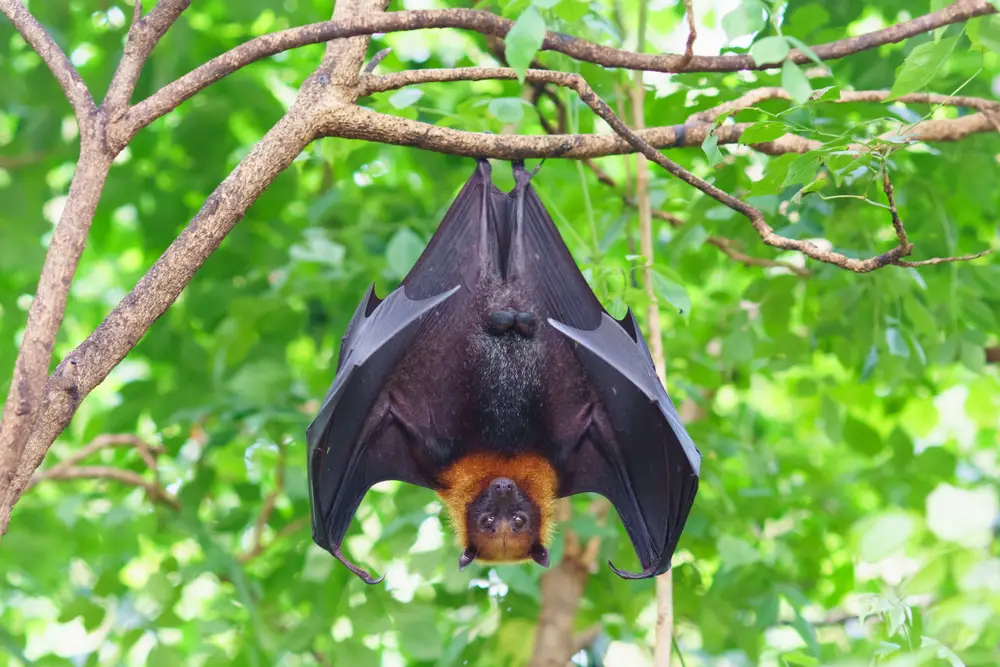
“Blind as a bat” is a phrase you’ve probably heard, but it’s far from accurate. Bats are not blind; in fact, most species have excellent vision. They use echolocation—a sophisticated system that lets them navigate and hunt in the dark. This ability gives the impression they’re relying solely on sound, leading to the misconception about their sight. Their eyesight is specially adapted to low-light conditions, making them skilled night hunters. Understanding this reveals bats as complex, resourceful creatures rather than the awkward, blind animals of myth.
3. Lemmings Commit Mass Suicide
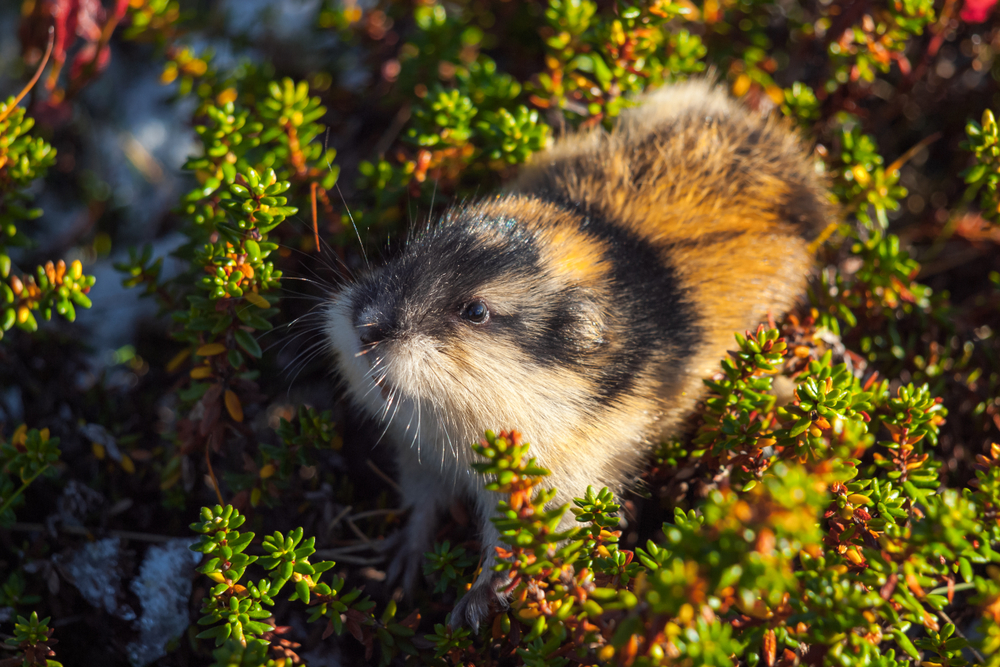
The myth of lemmings jumping off cliffs en masse is a dramatic image, but it’s pure fiction. This misconception gained traction from misleading documentaries and folklore. In truth, lemming populations naturally fluctuate, and during population booms, they migrate en masse, searching for new habitats. Sometimes, they accidentally fall into water bodies, which led to the exaggerated suicide myth. These small rodents are just trying to survive in a harsh environment, not participating in mass self-destruction.
4. Owls Are Wise
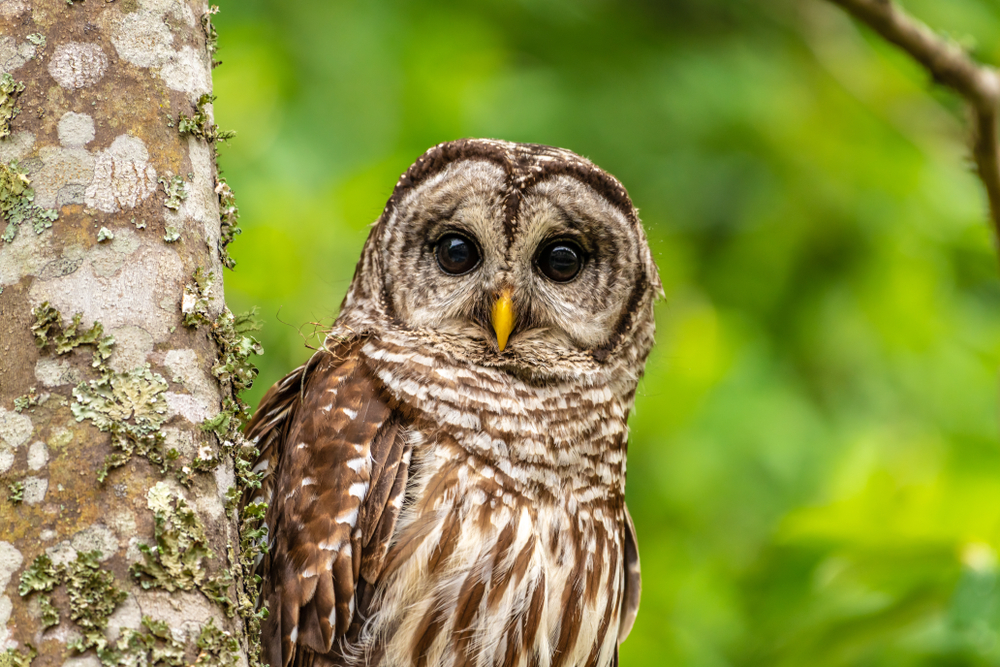
Think of wisdom, and an owl might come to mind, thanks to ancient mythology and cultural stories. Owls have been symbols of wisdom due to their calm demeanor and haunting calls. However, their brains are relatively small, and while they are skilled hunters with incredible adaptations for nocturnal life, their intelligence is often overstated. The association with wisdom likely persists because they have been revered figures in folklore, not because of any superior cognitive abilities compared to other birds.
5. Sharks Are Mindless Killing Machines

Sharks often get a bad rap as mindless predators, thanks largely to sensationalized media portrayals. In reality, sharks are more like the ocean’s cleanup crew, playing a vital role in maintaining marine ecosystems. Most species are not dangerous to humans and prefer to avoid us. Their cautious nature and instinctive hunting techniques reveal them to be highly intelligent creatures rather than the monstrous villains of movies. Understanding their true nature helps dispel the idea that these incredible animals are fearsome killers.
6. Snakes Charm with Music
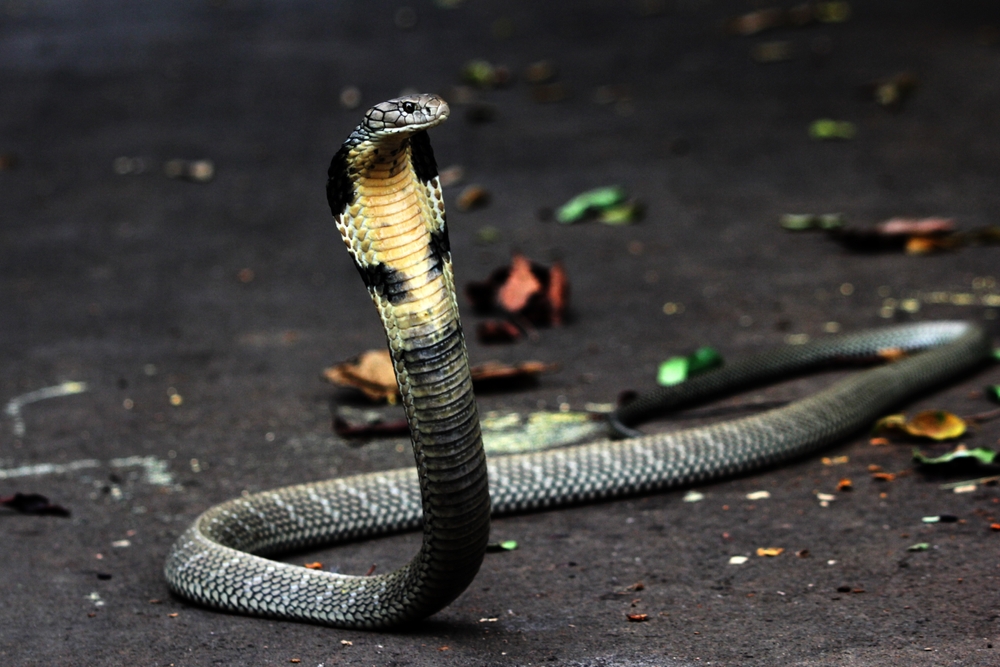
The image of a snake swaying to a flute’s melody is captivating, but it’s a trick of perception. Snakes are deaf to air-borne sounds and cannot hear the music played by snake charmers. Instead, they respond to the visual movement of the flute and the vibrations from the ground. The mesmerized snake myth is a result of cultural storytelling rather than scientific observation. These reptiles react more to the movement and vibrations than any enchanting tune, debunking the charming myth.
7. Camels Store Water in Their Humps
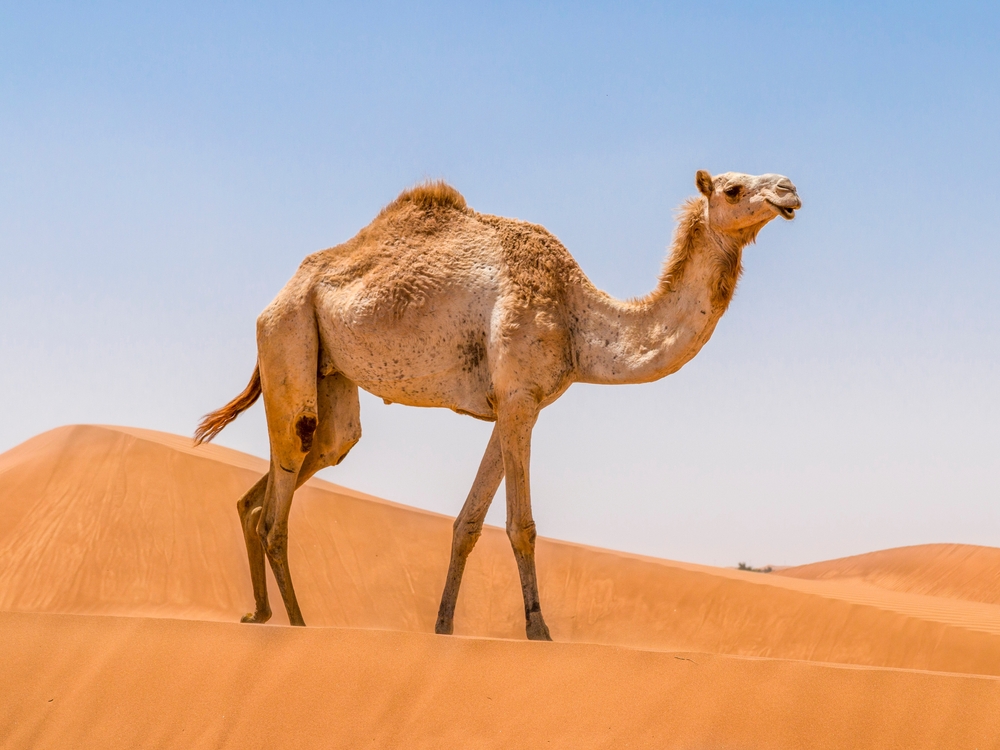
Camels are often thought to store water in their humps, but this isn’t the case. Their humps are actually reserves of fatty tissue, providing sustenance when food is scarce. Camels are well-adapted to arid environments, capable of going long periods without drinking because they efficiently store water throughout their bodies, not just in their humps. Their physiological adaptations, like regulating body temperature and conserving water, allow them to survive in harsh desert conditions, showing resourcefulness rather than the misconception of water-storing humps.
8. Goldfish Have Short Memories
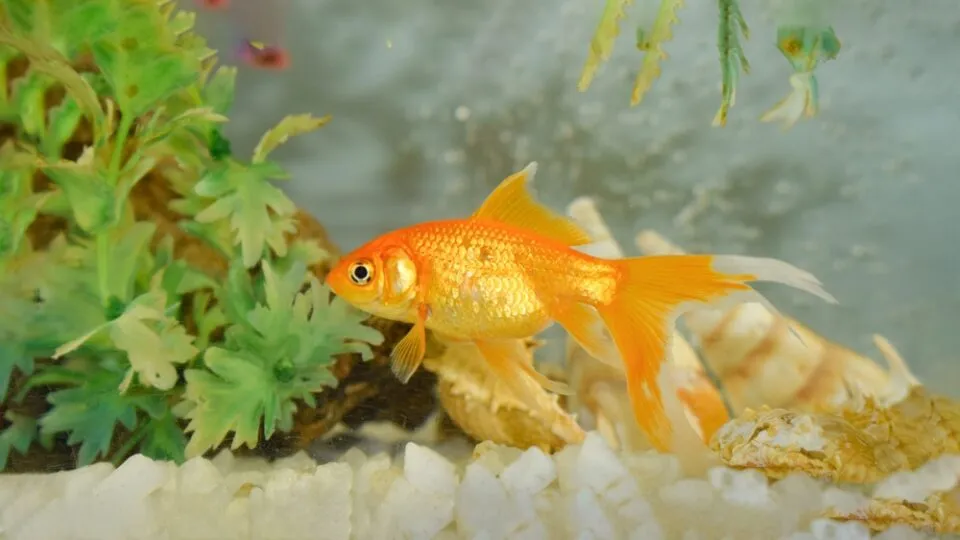
The belief that goldfish have a three-second memory is a widespread myth. In reality, goldfish are quite intelligent, capable of longer memory spans. They can recognize their owners, navigate mazes, and even be trained to perform tricks. Experiments have demonstrated that goldfish can remember tasks and environments for months, proving that their cognitive abilities are much more advanced than previously thought. Understanding their true capabilities reveals goldfish as fascinating creatures deserving of respect, not the forgetful pets of myth.
9. Ostriches Bury Their Heads in the Sand
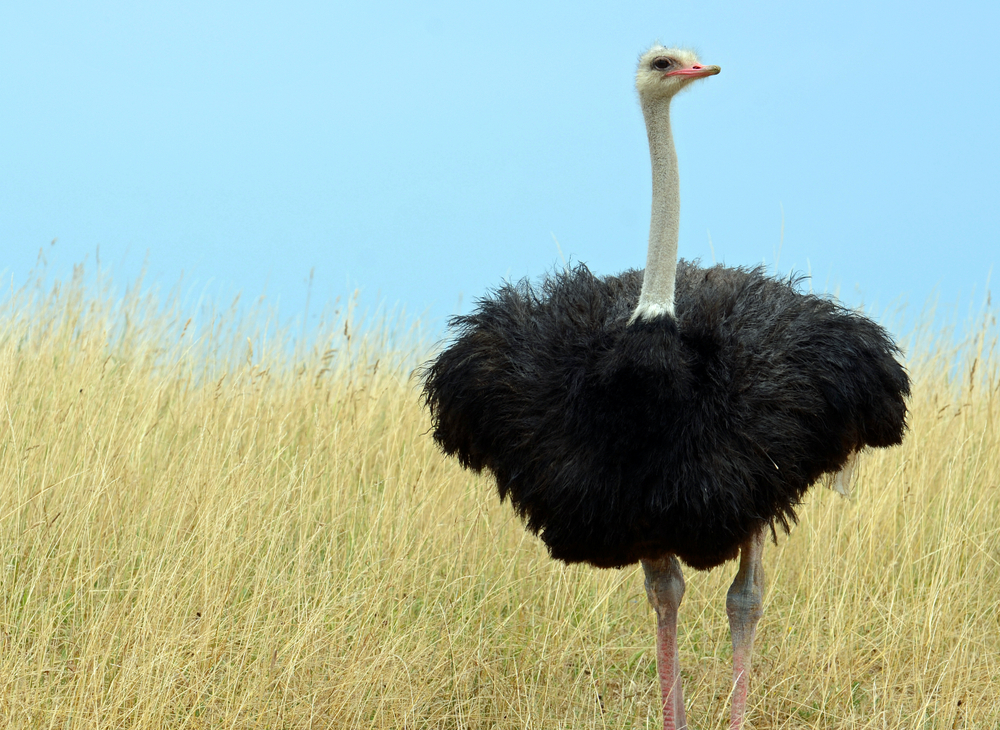
The image of ostriches burying their heads in the sand to hide is a popular myth, but it’s completely unfounded. Ostriches do not hide by sticking their heads in the ground; instead, they lay their heads flat on the ground to avoid detection. This behavior, coupled with their penchant for digging nests in the sand to store their eggs, likely led to the misconception. These actions are a survival strategy rather than cowardice, demonstrating their ability to adapt and protect themselves in the wild.
10. Bulls Hate the Color Red
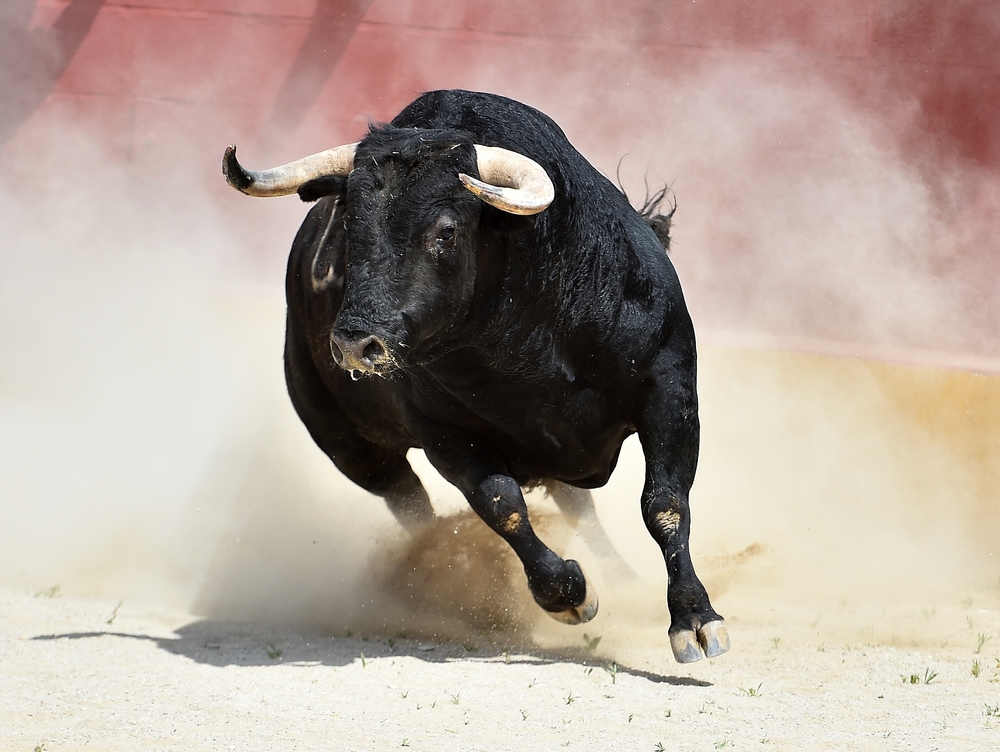
The idea that bulls are enraged by the color red is more fiction than fact. Bulls are actually colorblind to red. It is the movement of the matador’s cape that provokes them, not its color. This misunderstanding likely comes from the dramatic flair of bullfighting traditions, where red capes are commonly used. Bulls react to motion and perceived threats, which explains their aggressive behavior. Understanding this helps dispel the myth and highlights the impact of tradition on perceptions of animal behavior.
11. Porcupines Shoot Their Quills
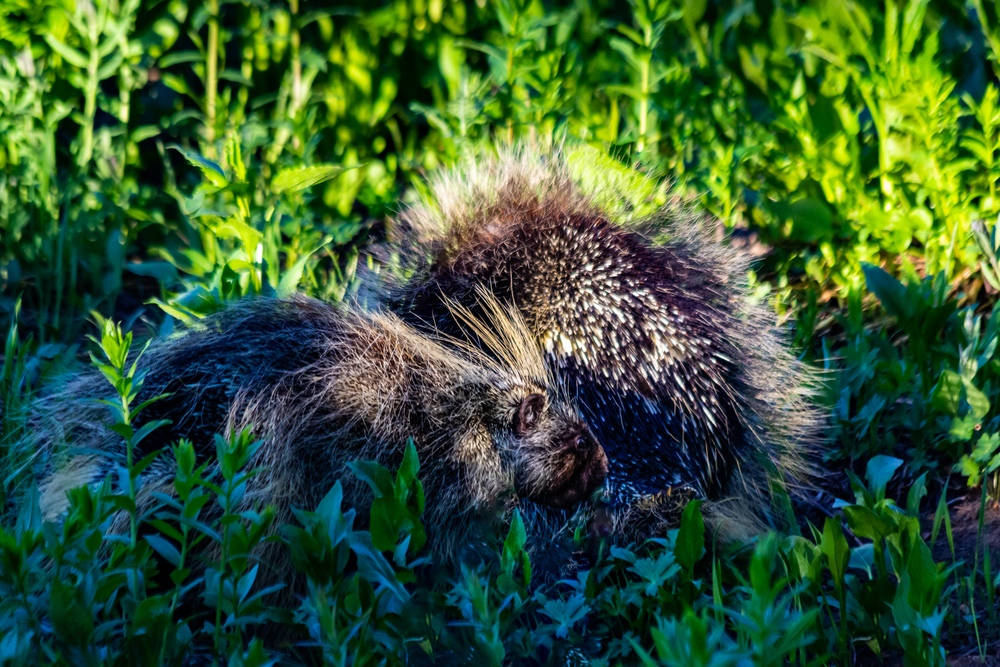
A common myth is that porcupines can shoot their quills at predators, but this isn’t true. When threatened, porcupines will raise and rattle their quills as a warning. If a predator gets too close, the quills can detach easily upon contact, leaving the attacker with a painful reminder. This myth likely arose from the quills’ ability to embed themselves deeply into any creature that approaches too closely. Porcupines rely on these defensive mechanisms rather than any projectile ability, making them fascinating defenders.
12. Touching a Baby Bird Will Make Its Mother Reject It
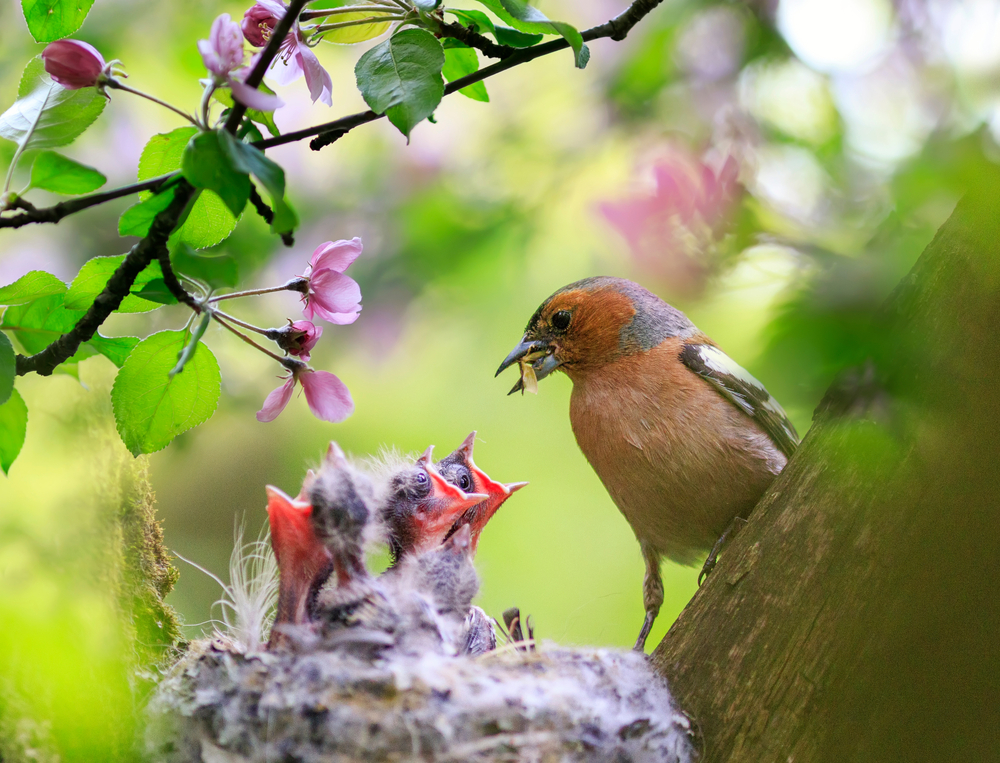
This myth suggests that if you touch a baby bird, its mother will abandon it due to human scent. In reality, most birds have a limited sense of smell and are not likely to notice human scent. Birds are more concerned with the safety and well-being of their young, and they will usually continue to care for them even if they’ve been handled by a human. This myth likely persists as a cautionary tale to discourage unnecessary handling, but it’s not based on avian behavior.
13. Chameleons Change Color to Match Their Surroundings
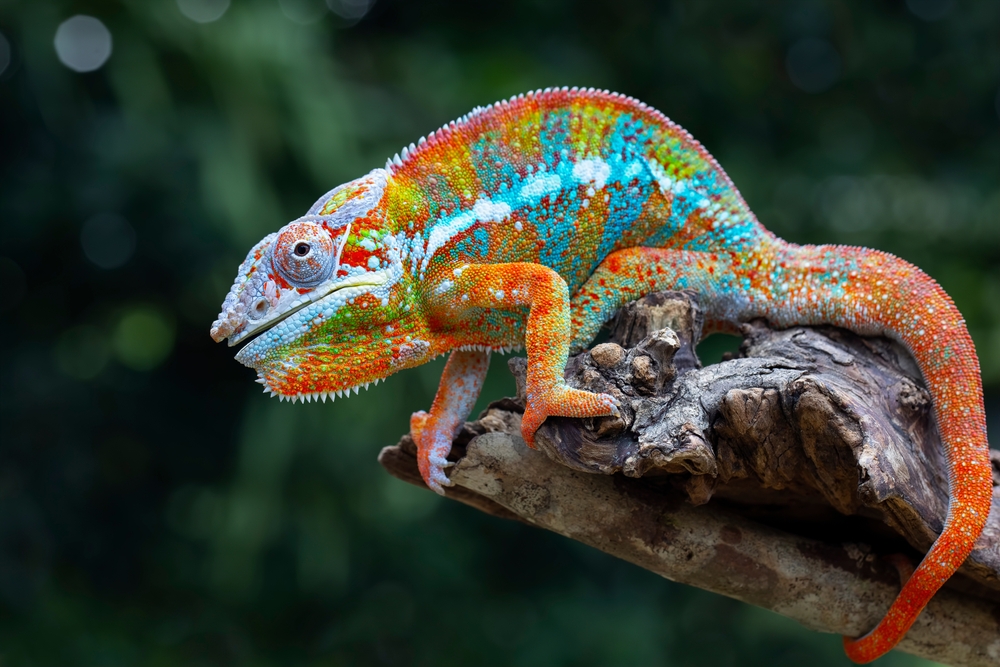
Chameleons are famous for their color-changing abilities, but they don’t do it to blend in with their surroundings. Instead, they change color to regulate body temperature, communicate with others, and express emotions. Their skin color can indicate mood, health, and social status. This sophisticated form of communication is a vital part of their survival strategy. Understanding this reveals the complexity of chameleons as creatures that use color to interact with their environment, rather than merely blending into it.
14. Crocodiles Are Relentless Man-Eaters
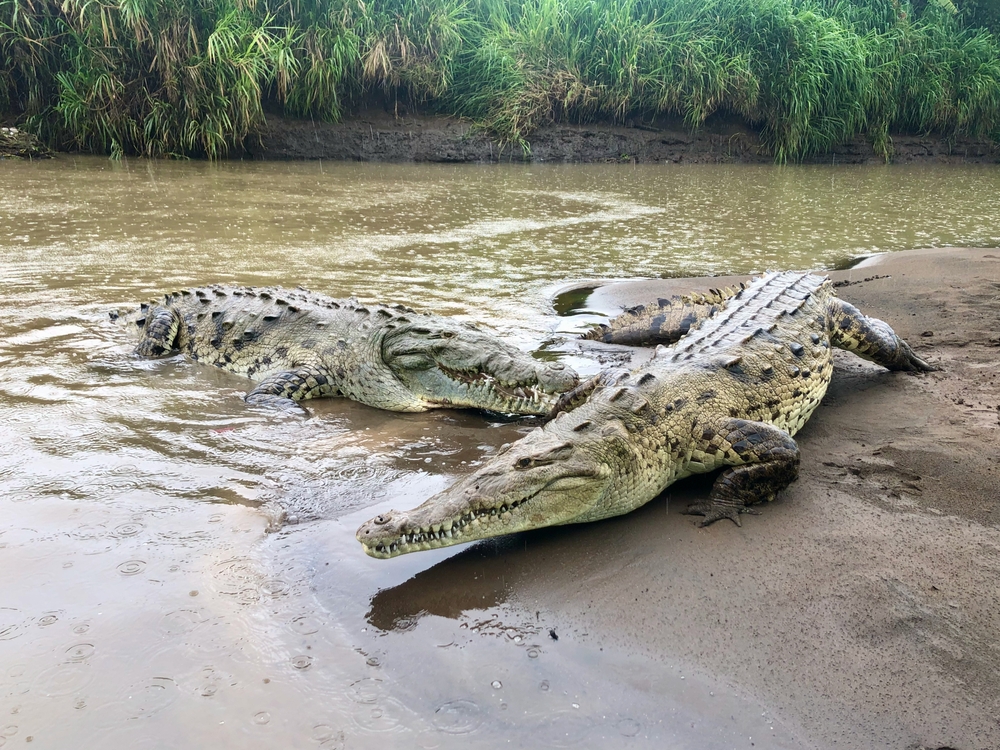
Crocodiles have a ferocious reputation, but calling them relentless man-eaters is an exaggeration. While they are opportunistic predators and can be dangerous, they do not actively seek out humans as prey. Attacks are usually a result of surprise or territorial defense. Crocodiles play a crucial role in their ecosystems as apex predators, and many species prefer to avoid human interaction altogether. By understanding their behavior and respecting their habitats, we can coexist safely with these ancient reptiles without buying into the myth.
15. Penguins Are Only Found in Cold Climates
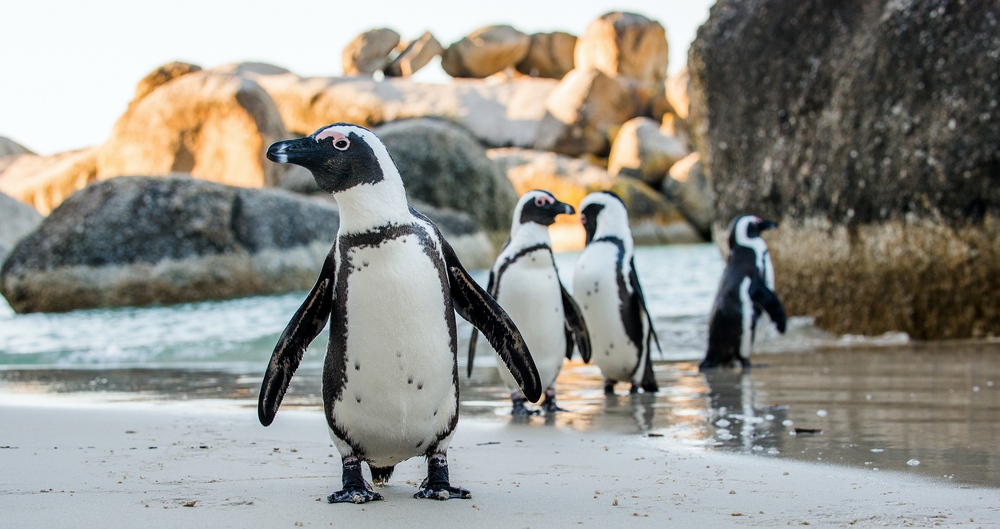
When you think of penguins, icy Antarctic landscapes probably spring to mind. However, not all penguins live in cold climates. Several species thrive in temperate regions, and the Galápagos penguin even dwells near the equator. The association with cold environments likely comes from the popularity of Antarctic species like the emperor penguin. Penguins are incredibly adaptable birds, capable of living in a range of environments, from icy waters to rocky shores. This versatility dispels the myth that they are solely creatures of the cold.
